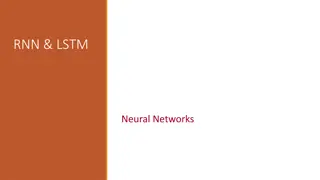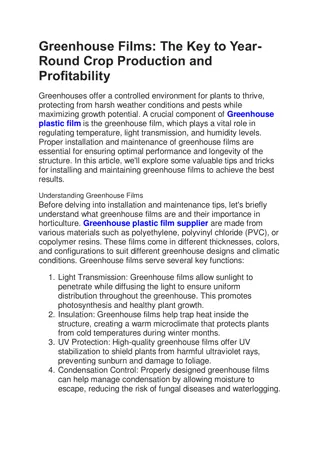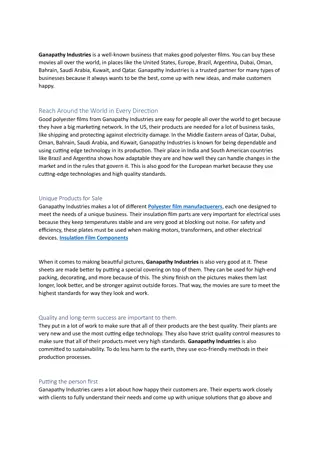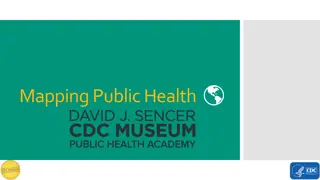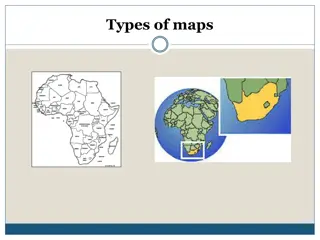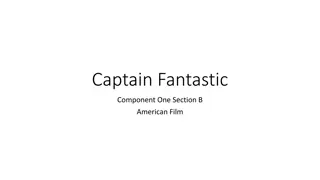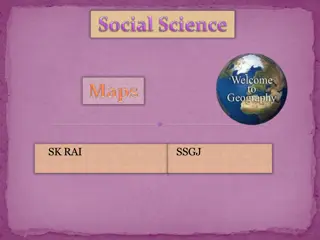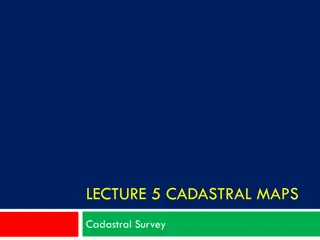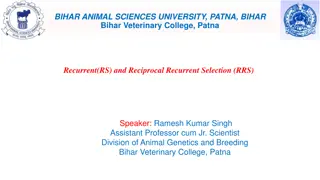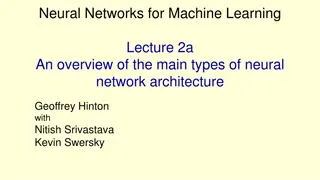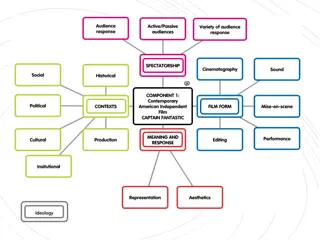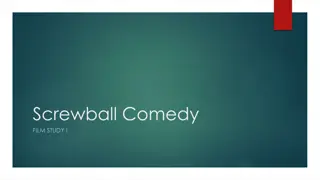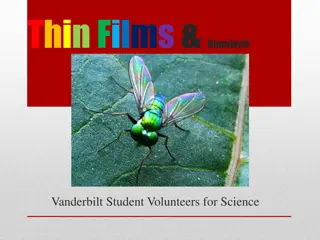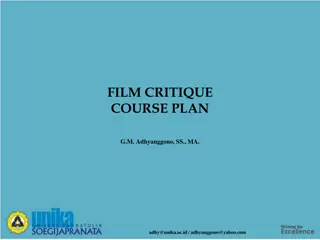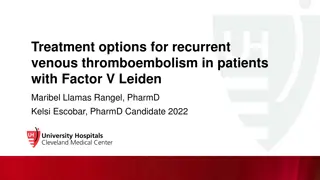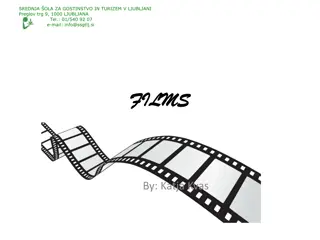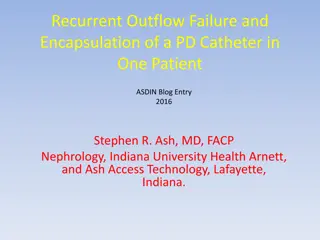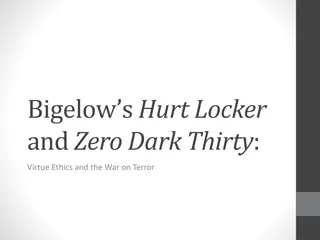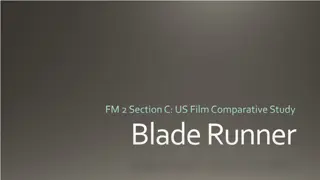Recurrent Structures in Guidebooks, Maps, and Short Films
In guidebooks, maps, and short films, recurrent structures and main themes provide information and guidance for travelers, aid in navigating unfamiliar places, and offer entertainment through narrative storytelling. Guidebooks cater to tourists and professionals, maps assist travelers and educators, while short films serve as artistic expressions and calling cards for filmmakers. Each medium targets specific audiences, showcasing the diverse roles they play in informing, educating, and entertaining individuals interested in different forms of content.
Download Presentation

Please find below an Image/Link to download the presentation.
The content on the website is provided AS IS for your information and personal use only. It may not be sold, licensed, or shared on other websites without obtaining consent from the author.If you encounter any issues during the download, it is possible that the publisher has removed the file from their server.
You are allowed to download the files provided on this website for personal or commercial use, subject to the condition that they are used lawfully. All files are the property of their respective owners.
The content on the website is provided AS IS for your information and personal use only. It may not be sold, licensed, or shared on other websites without obtaining consent from the author.
E N D
Presentation Transcript
CONJUNTO 2 7 ano
Unit 1 Guidebook Often organized in chapters or sections that provide information about a specific location, activity, or topic. May include maps, photos, or illustrations to enhance understanding. Recurrent structure Travel destinations, tourist attractions, cultural or historical information, local customs, transportation, accommodations, and dining options. Main themes
To provide information and guidance for travelers or individuals interested in a particular location or activity. Also serves as a marketing tool for tourist destinations and businesses. Social function Target audience Tourists, travelers, or individuals interested in a particular location or activity. Professional travel writers, journalists, or individuals with expertise in a particular location or activity. Guidebooks may be published by travel companies, publishers, or independent authors. Who produces it?
Unit 1 Map Maps usually have a standardized structure that includes a legend/key, a scale, and directional markers such as a compass rose. They also typically feature a grid or coordinates to help locate specific points on the map. Recurrent structure The main theme of a map is to visually represent geographical features such as land masses, bodies of water, terrain, and man-made structures, as well as their relative positions to one another. Main themes
Maps are used to navigate, orient oneself in a new or unfamiliar place, plan travel routes, locate points of interest, and provide information on a specific area or region. They can also serve as educational tools for teaching geography and cartography. Social function Target audience A wide range of individuals, including travelers, tourists, hikers, students, educators, and researchers. Cartographers, geographers, surveyors, and other professionals trained in geographic information systems (GIS). Some maps are also created by amateur cartographers or hobbyists. Who produces it?
Unit 1 Short Film Recurrent structure Narrative structure that includes exposition, rising action, climax, falling action, and resolution. Vary depending on the short film, but can include social commentary, personal experiences, and experimental storytelling. Main themes Social function Entertainment, artistic expression, and potentially as a calling card for filmmakers.
Target audience Short films are not typically read, but are instead viewed by an audience. Who produces it? Short films are typically created by filmmakers or video production teams.
Unit 1 There To be There to be usado para expressar a ideia de exist ncia. Em portugu s, equivale a haver , existir ou ter (com sentido de existir). Forma afirmativa Singular (Indica a exist ncia de apenas um item.) There is a great botanical garden in Curitiba. Plural (Indica a exist ncia de dois ou mais itens.) There are many things to do in Lisbon.
Forma negativa Singular: There isn t (is + not) a subway in Curitiba. Plural: There aren t (are + not) many skyscrapers in Lisbon. Forma interrogativa Singular: Is there a botanical garden in Curitiba? Plural: Are there many things to do in Lisbon?
Unit 1 Prepositions of Place As preposi es de lugar s o usadas para indicar a localiza o de algo ou algu m. In: localiza o dentro de um espa o amplo (como cidade, pa s) ou mesmo de uma rea, como um parque. Porto Velho is in Rond nia. At: endere o exato ou a localiza o em atividades em grupo. I live at 127 Augusta Street.



